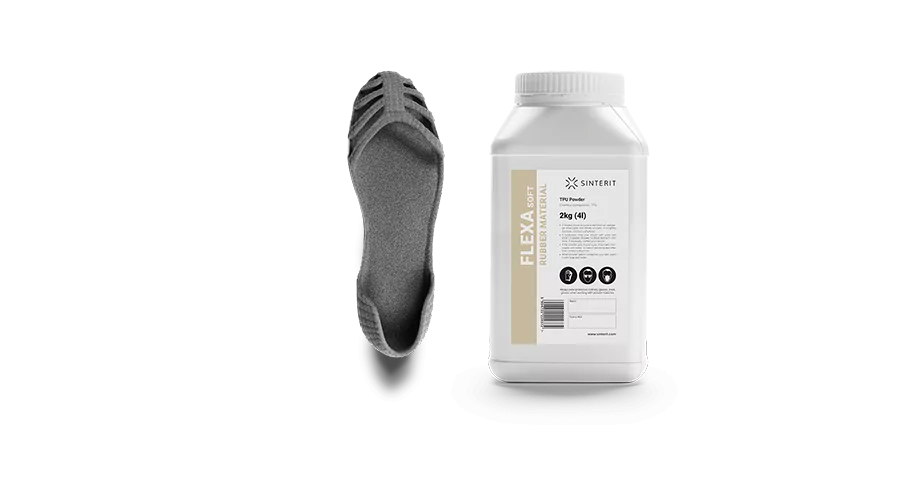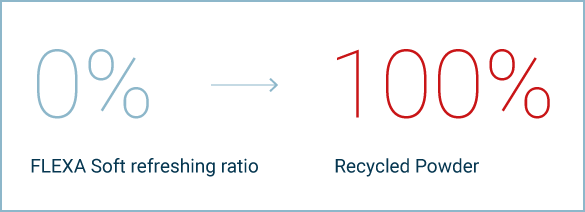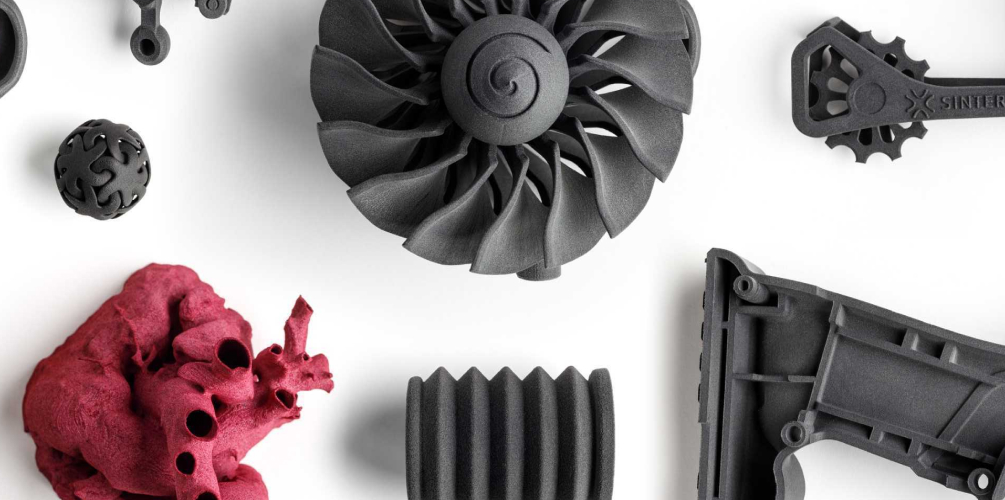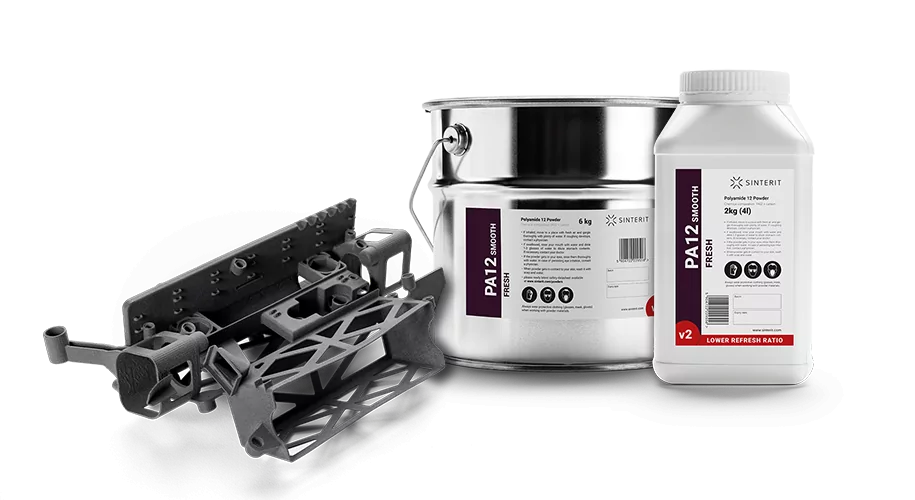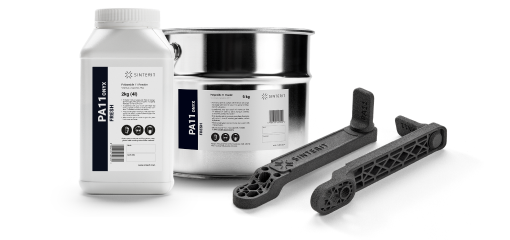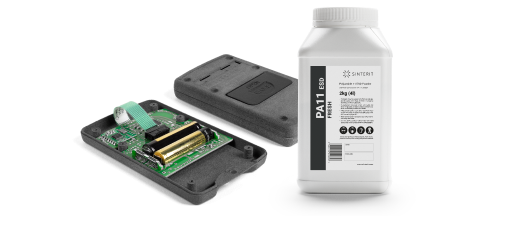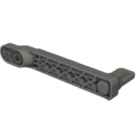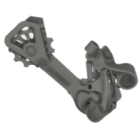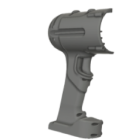3D Printers
SLS 3D Printers
Peripherals
Printers ecosystem
Customer Zone
What is the refresh rate?
It is the ratio of a minimum amount of fresh powder needed in a mixture of material used in an SLS 3D printer. A lower refresh ratio means better cost-efficiency of the material.
How does it work?
The amount of needed fresh powder is automatically calculated by our software and shown on the printer screen after the print job is finished. Just add shown amount of material into the mixing cycle of used material and you can start your next job with refreshed material
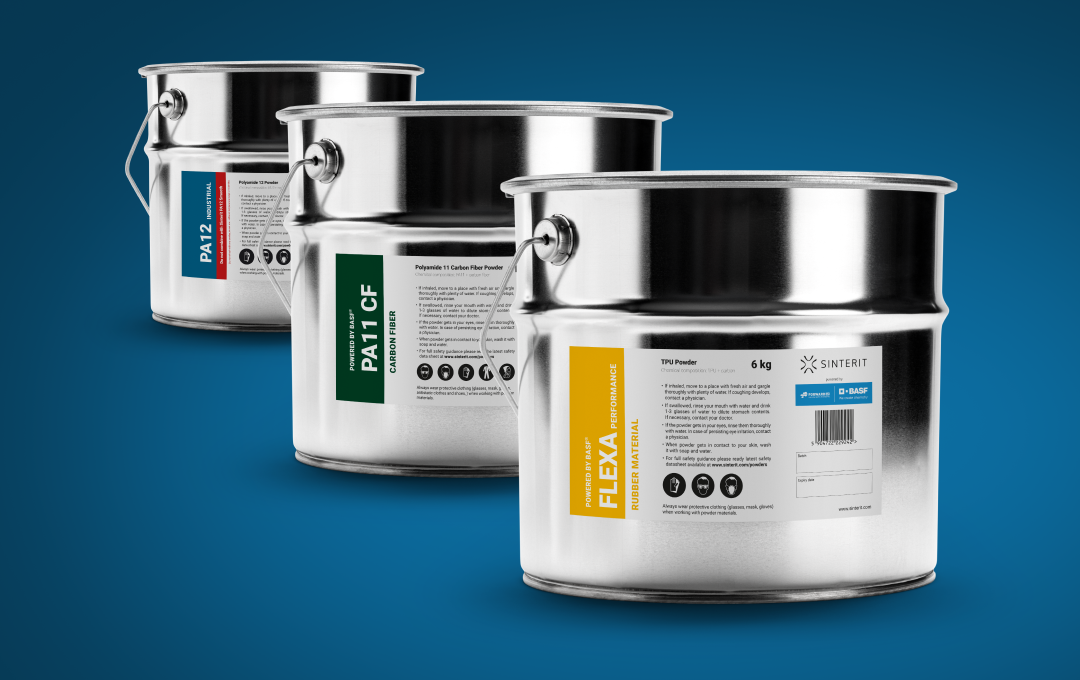
Cost-efficent rigid polyamide. Best surface quality
Great mechanical and impact resistance. High elongation at break
ESD material for cases. Bio-sourced material
One of the strongest and most versatile materials available on the powder market dedicated to SLS printing technology
A high resistance nylon 12 with very good dimensioning accuracy of prints
Rubber material for prototypes. Standard material for TPU parts.
Softest material for SLS. Pleasant-to-touch rubber
Visual prototypes can be dyed. Best elongation rubber
New TPU with high strength and flexibility, ideal for use in gaskets, flexible joint covers, vibration dampers
Contact Sinterit support with your questions.
The differences between the powders are described in the table below.
In Sinterit we distinguish three powder conditions: print
SLS polyamide powder used for 3D printing is considered particulate matter because of its size. Polyamide powder particles are generally 40 micrometers or smaller. If vacuumed in an ordinary vacuum cleaner, the powder could cause an explosion.
Such materials are subject to labor regulations on air quality and occupational safety. The procedures call for appropriate maintenance of powder at work. Only certified industrial vacuum cleaners should be used to clean such materials. More information about the ATEX Vacuum cleaner can be found here.
Contact Sinterit support with your questions.





